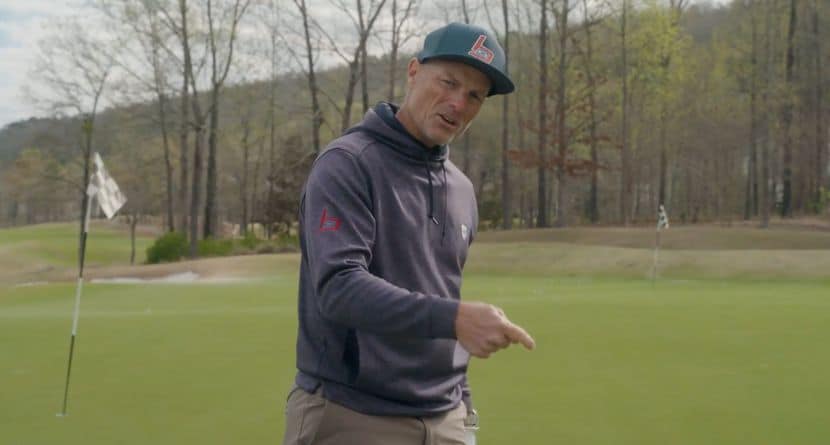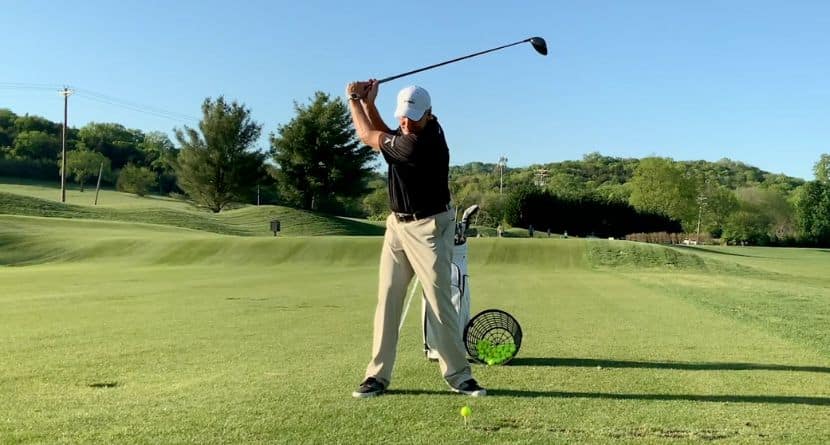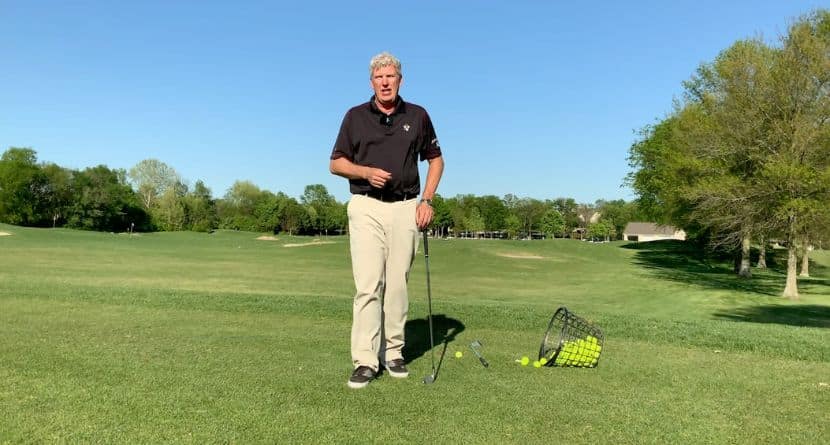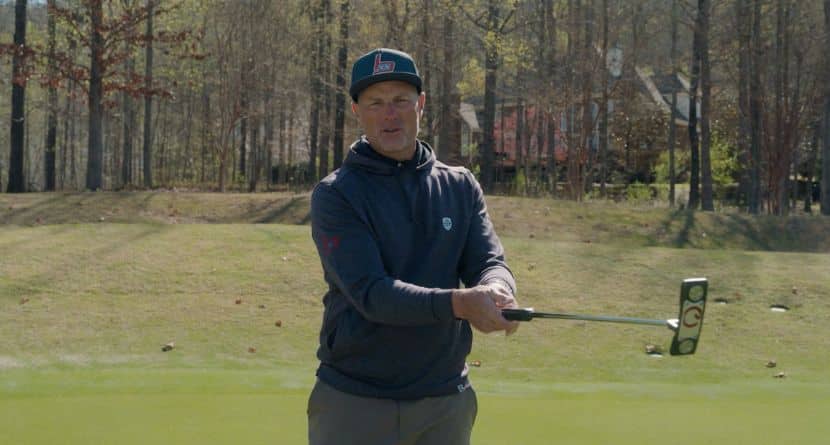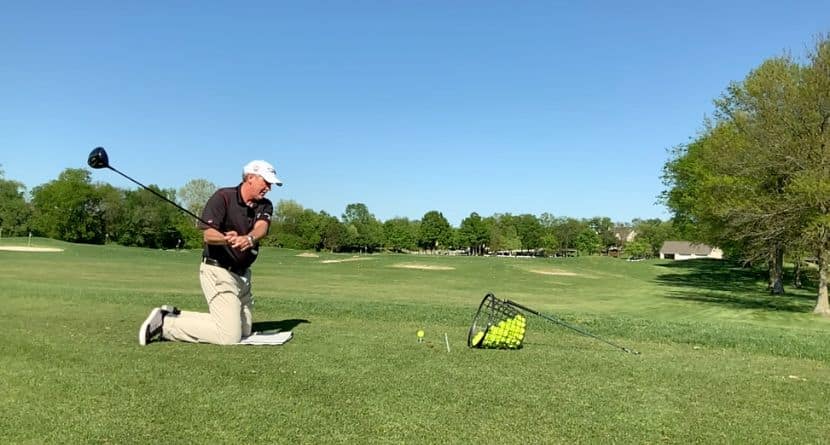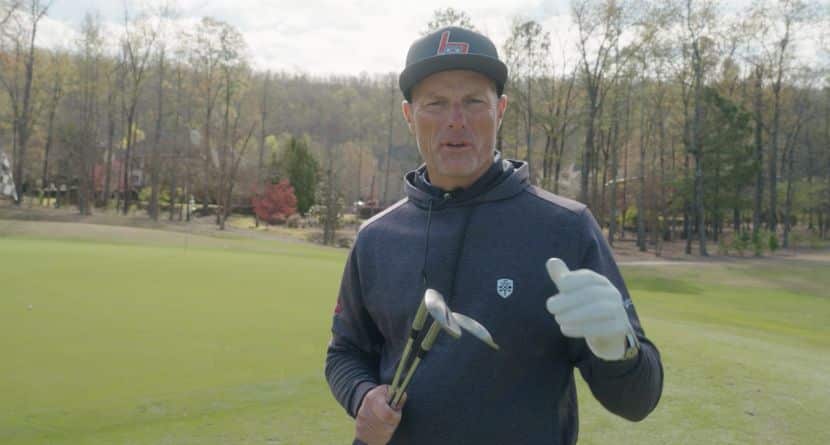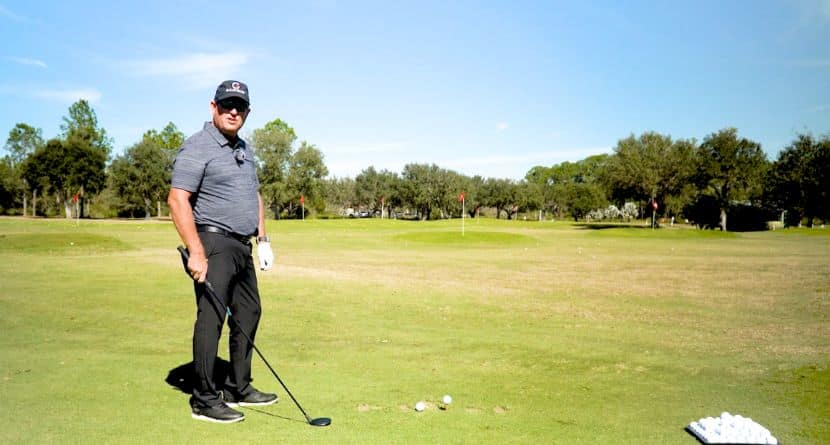Phil Mickelson’s BMW Championship has been overwhelmingly disappointing, but even on his off weeks, Phil can still make the crowd go wild.
During a second round that saw Mickelson make three bogeys and just one birdie, the lone circle on his scorecard was highlight-worthy. A wayward drive left Phil 112 yards to the green, but he had a huge tree in his way.
Opting to go the aerial route, Phil pulled off the shot and then some, sticking it to three feet.
Swing-U instructor Aaron Ungvarsky explains how Phil pulled off the shot and what you need to do to launch a wedge straight up in the air without sacrificing distance or accuracy.
The Setup
- If you are contemplating hitting a shot over an obstacle, chances are you did not hit the fairway and the lie is not perfect. Be sure to asses the lie and make sure that very little grass will interfere between the club and ball at impact. It is important the loft of the club is maintained to help the trajectory.
- There are two factors that can help send the ball above the trouble: using a forward ball position — two ball widths ahead of normal — for the intended club and opening the clubface slightly. For example, if we feel a 9-iron may clear a tree, by placing the ball slightly ahead of normal and opening the clubface causes the iron play with a loft between the true 9-iron and a pitching wedge.
The Swing
- Launching the ball high requires a very steep angle of attack. On the backswing we want to feel like we are lifting the club high above our right shoulder on the way back. It is okay if the left arm folds slightly on the way back.
- On the downswing, we want to maintain the open clubface position we had at address. Allowing the club to turn over or shut at or through impact will cause a lower than desired shot, not clearing the obstacle.
- The follow-through requires minimal extension and your arms can fold and lift — unlike a normal shot. “Short-arming” the shot allows us to take the hands out of the swing and keep the face open. Furthermore, a high finish assists in launching the ball because the position is driven by our chest pointing more towards the sky rather than directly at the target.


